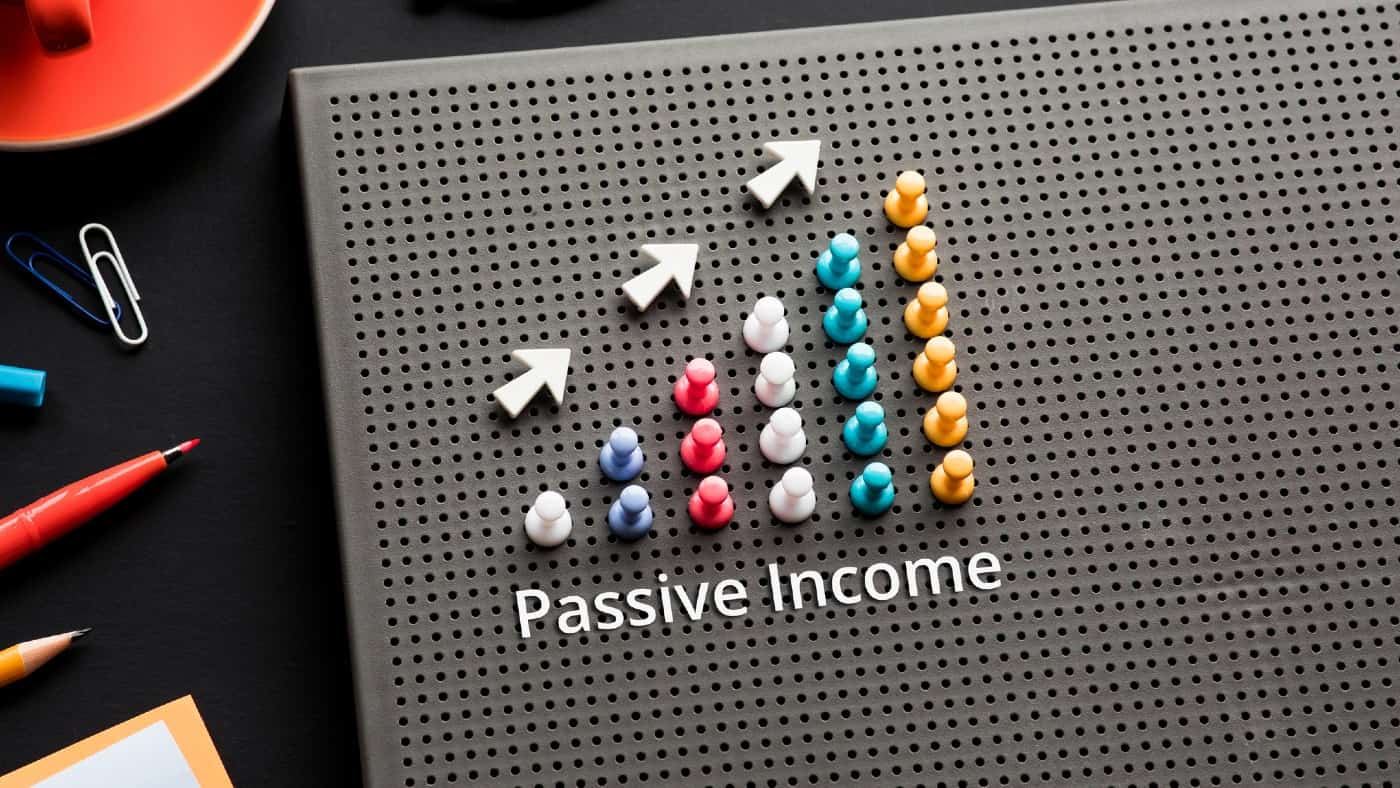Making money from minimal daily effort is what passive income is all about. And as Warren Buffett said: “If you don’t find a way to make money while you sleep, you will work until you die.”
The best way I have found of doing this is by investing in high-dividend-paying shares. I then reinvest these dividends to buy more of the stocks that paid them to me – known as ‘dividend compounding’.
This is the same idea as compound interest, but rather than the interest being reinvested, dividend payments are.
Should you invest £1,000 in The City Of London Investment Trust Plc right now?
When investing expert Mark Rogers has a stock tip, it can pay to listen. After all, the flagship Motley Fool Share Advisor newsletter he has run for nearly a decade has provided thousands of paying members with top stock recommendations from the UK and US markets. And right now, Mark thinks there are 6 standout stocks that investors should consider buying. Want to see if The City Of London Investment Trust Plc made the list?
This means the size of my investments grows, paying me more dividends over time, creating a virtuous cycle.
There are several high-paying, high-quality shares to be found in the FTSE 100. One of my long-term favourites is insurer Phoenix Group Holdings (LSE: PHNX), which currently yields a stunning 10.8%. It has other qualities as well that I look for in leading high-yield stocks.
Core business trending up
One of these is that its core business looks to me to be expanding strongly.
Last year, its Pension and Savings business recorded 27% year-on-year growth. New business net inflows also soared — up 72% over the period, to £6.7bn.
Additionally, it built a cash pile of over £2bn, exceeding its already-upgraded target of £1.8bn. This can be a huge driver for business growth.
Phoenix Group is now targeting £900m in IFRS-adjusted operating profit by the end of 2026.
A risk in the company remains a deterioration in its strategies to hedge its capital position. Such hedging involves trading other assets with the intention of reducing the risk of adverse market movements on its capital.
However, consensus analysts’ expectations are that its earnings will grow by 38.9% a year to end-2026. Earnings per share are forecast to increase by 52.5% a year to that point. And return on equity is projected to be 25.1% by that time.
Undervalued
Positive for me as well is that the share looks undervalued against the firm’s peers.
The key price-to-book ratio (P/B) measurement of stock value shows Phoenix Group currently trading at just 1.6. Compared to its peer group P/B average of 3.5, this looks very cheap.
The same applies to its valuation of only 0.2 against a peer group average of 1.5 on the price-to-sales (P/S) measure.
Turbo-boosted passive income
£11,000 — the average UK savings amount — invested at 10.8% would make me £1,188 this year in dividends payments.
If I simply spent that, I would receive another £1,188 next year, provided the yield stayed at 10.8%. If I did the same every year, with the same average payout, I would make £11,880 after 10 years.
However, if I left my dividends in place to be compounded, I would make an extra £21,235 instead after 10 years.
And after 30 years, with the same average yield, I will have a total of £276,830! This would pay me £28,220 a year in passive income, or £2,352 a month.
Inflation would reduce the buying power of the income over time, of course. And there would be tax implications according to individual circumstances.
However, the figures underline what big passive income can be made from much smaller investments, especially if the dividends are reinvested.








